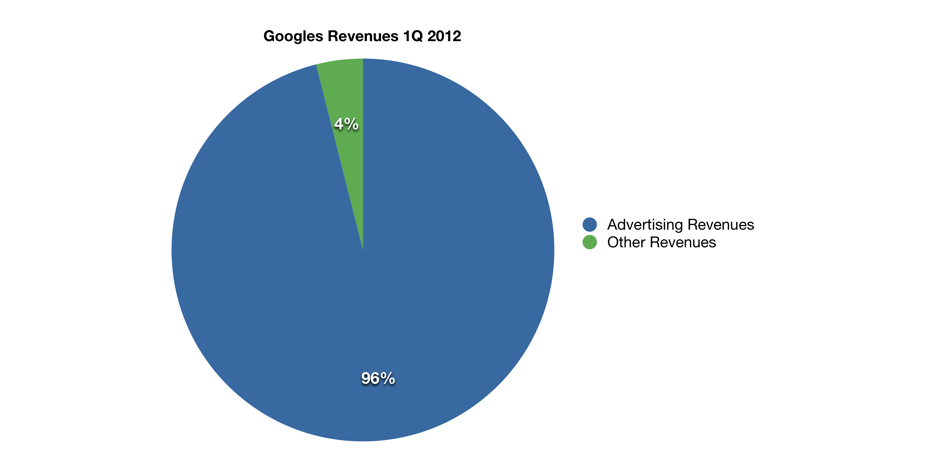If you asked this question prior to 2006, the response would likely be the CEO. The Board of Directors does have oversight of the company, but they are the same group of people that elected that CEO. In recent years the investors are using an active investment and management strategies which is overshadowing CEOs and the board. In 2006 only 28 directors at public companies in the Russell 3000 Index did not receive a majority vote. In 2011, that number increased to 79. According to Harvard Business School Professor Rakesh Khurana, “… investors are telling directors who should be the CEO and how management should run the company.”
As I read the articles on this material, it comes down to return. Investors, individual or companies, want to make a return. The return for their investment since 2008 has not met their expectations. It has prompted majority investors to take long hard look at the executive level. New York hedge fund, Royal Capital Management sent the board of directors a letter directing them to oust former CEO Angela Braly. The letter said “ … financial forecasting process is manifestly dysfunctional, subordinates are openly (and rightly) critical of her performance, and a revolving door of senior management ensures these problems will persist.” Royal also took steps to discuss this direction with Barrow, Hanley, Mewhinney & Strauss and T. Rowe Price. Although it is not unprecedented that investors push out a CEO, it is uncommon. It is more uncommon that investors collaborate before “imploring” the board to take action.
The other prevailing reason for more active investment strategies is that, control is the primary driver for the investment. Carl Icahn and Bill Ackman are known for their large investments and their investment comes with power and influence. Their role in the company goes beyond investment to authority over the management and crosses the line of who is actually running the company.
The shift of control has major implications on the company’s strategy. By investors selecting the CEO and/or board members, they are shaping the future direction of the company. It can be seen through competitive advantages, shareholder value and their decisions about what to do and what not to do. TPG-Axon’s Singh wrote in his letter to the SandRidge board of directors regarding their role, “…in instances where we come to believe that management is acting in a manner that is destructive of value, we believe it is important to actively engage.”
Shareholder value is maximized when the CEO and Board of Directors execute on the right strategy. Investors are now directing the directors on who should be running the company. It is a change in the way the CEO, directors and their investors interact.
QUESTION: If investors are more active in the management of the company, should they also be just as accountable as the CEO?
Do you think it is within the right of the majority investors to collaborate and oust CEOs from their position? If so how much time does a CEO have to execute their strategy?
SOURCES:
http://www.businessweek.com/articles/2012-11-21/more-ceos-are-learning-whos-the-boss#p1



